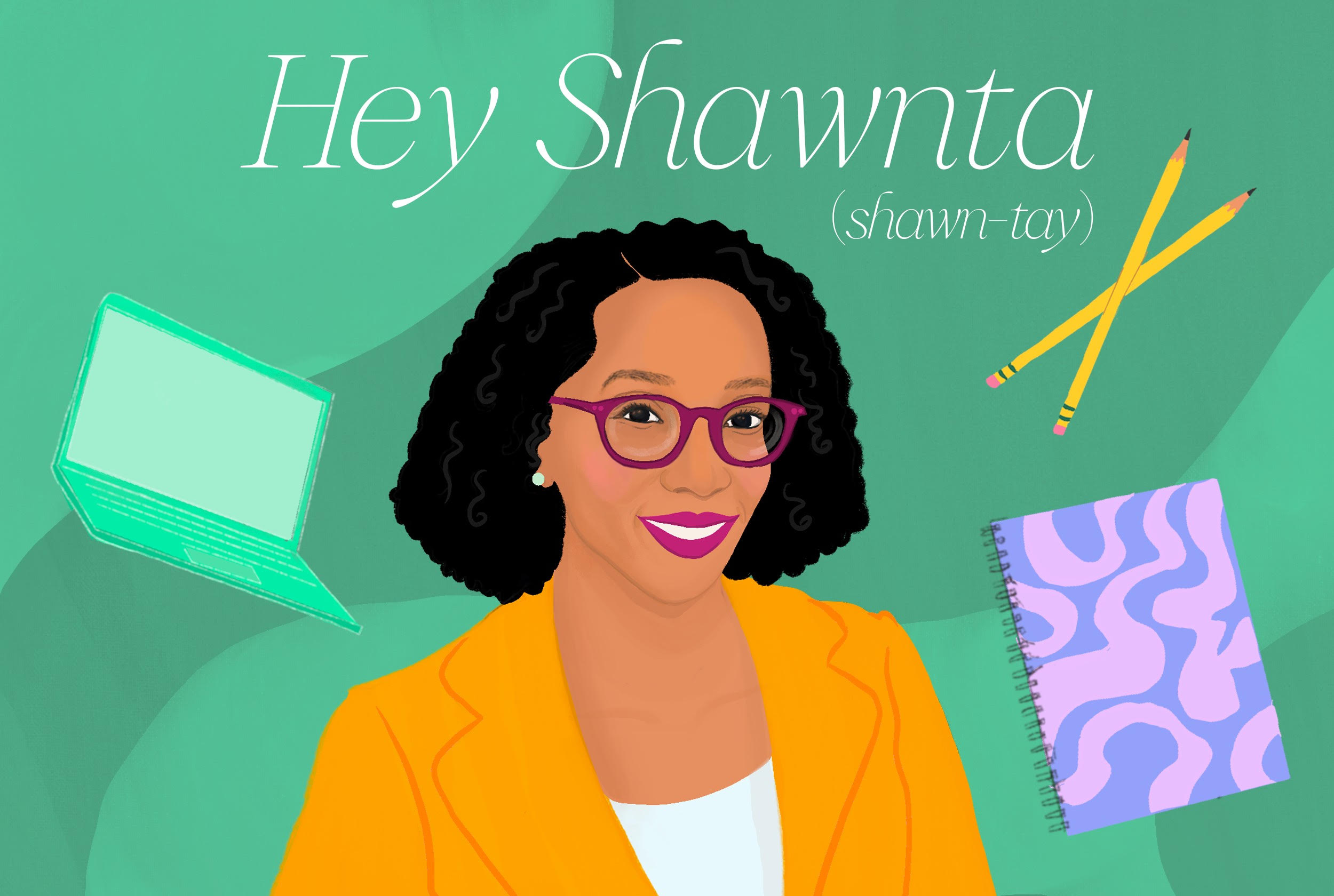
Oct 6, 2022 4:43:43 PM
Hey Shawnta!
How do we get educators more informed about the benefits of flexible seating?
Sincerely,
Flexible Teacher
Hi Flexible Teacher,
Thanks for advocating for more teachers to become informed about the benefits of flexible seating.
In first grade, one of my twin sons had difficulties with one of his teachers. She insisted that he sit at a desk even though he wasn’t bothering anyone and was completing his work. When she called to complain and asked for my assistance to get him to comply, I declined. Instead, I sent her a picture of my son standing at home while completing his homework. She relented and decided to no longer press the issue. Her focus was on compliance with her will, and she wasn’t seeking what was best for the child.
The first step is for principals to be invested in changing teachers' mindsets. If students are learning and completing their work, they should be able to stand at a tall desk, sit at a desk, or even on the floor. When teachers fight for compliance when students are actually learning, it damages the relationship between the child and the teacher. Additionally, it can escalate into other behavior consequences because the teacher wants the child to obey.
Once mindsets are changed, teachers should learn what flexible seating is and how to implement it because it is not a free-for-all. There has to be structure, proper implementation, and a willingness to have some students sit at traditional desks if they are having difficulties. For example, if one of the options is sitting on a yoga ball instead of a chair, the teacher needs to model how students should sit on the yoga ball during teaching and learning and explain that students could lose their yoga ball seat privileges if they are not using the yoga ball correctly.
Teachers should also know that flexible seating tends to be easier to move. If the teacher wants to be able to rearrange the class for an activity quickly, it can be easier to move a yoga ball or a floor mat than to drag desks everywhere.
Next, flexible seating costs money. I strongly suggest that teachers find ways to get funding for the flexible seating and not go into their own pockets. This could be through the district, a foundation, or an organization that provides grants for areas like this.
Last, Flexible Teacher, don’t be afraid to share your knowledge with colleagues. Many times colleagues will listen to each other before they listen to the school administration.
I hope these tips set you on a path to more flexible seating!
Shawnta
Shawnta (Shawn-tay) S. Barnes, also known as Educator Barnes, is a married mother of identical twin boys. She navigates education from not only the educator’s perspective but also the parent’s perspective. She has been an educator for nearly two decades. Shawnta works with K-12 schools, universities, & education adjacent organizations through her education consulting business Blazing Brilliance. She is an adjunct college professor, supervises student teachers, Indy Kids Winning Editor-in-Chief, Brave Brothers Books Co-founder, & CEO, and Brazen Education Podcast host. She holds five education licenses: English/language arts 5-12, English to speakers of other languages P-12, library/media P-12, reading P-12, and school administration P-12, and she has held a job in every licensed area. Previously, she has served as a school administrator, English teacher, English learners teacher, literacy coach, and librarian. She won the 2019 Indiana Black Expo Excellence in Education Journalism Award. In 2023, she completed her doctorate in Literacy, Culture, and Language Education with a minor in Learning Sciences. She is an urban gardener in her spare time and writes about her harvest-to-table journey at gardenershicole.com. To learn more about Shawnta, visit educatorbarnes.com.
The story you tell yourself about your own math ability tends to become true. This isn’t some Oprah aphorism about attracting what you want from the universe. Well, I guess it kind of is, but...
If you have a child with disabilities, you’re not alone: According to the latest data, over 7 million American schoolchildren — 14% of all students ages 3-21 — are classified as eligible for special...
The fight for educational equity has never been just about schools. The real North Star for this work is providing opportunities for each child to thrive into adulthood. This means that our advocacy...
Your donations support the voices who challenge decision makers to provide the learning opportunities all children need to thrive.
Ed Post is the flagship website platform of brightbeam, a 501(c3) network of education activists and influencers demanding a better education and a brighter future for every child.
© 2020–2024 brightbeam. All rights reserved.
Leave a Comment